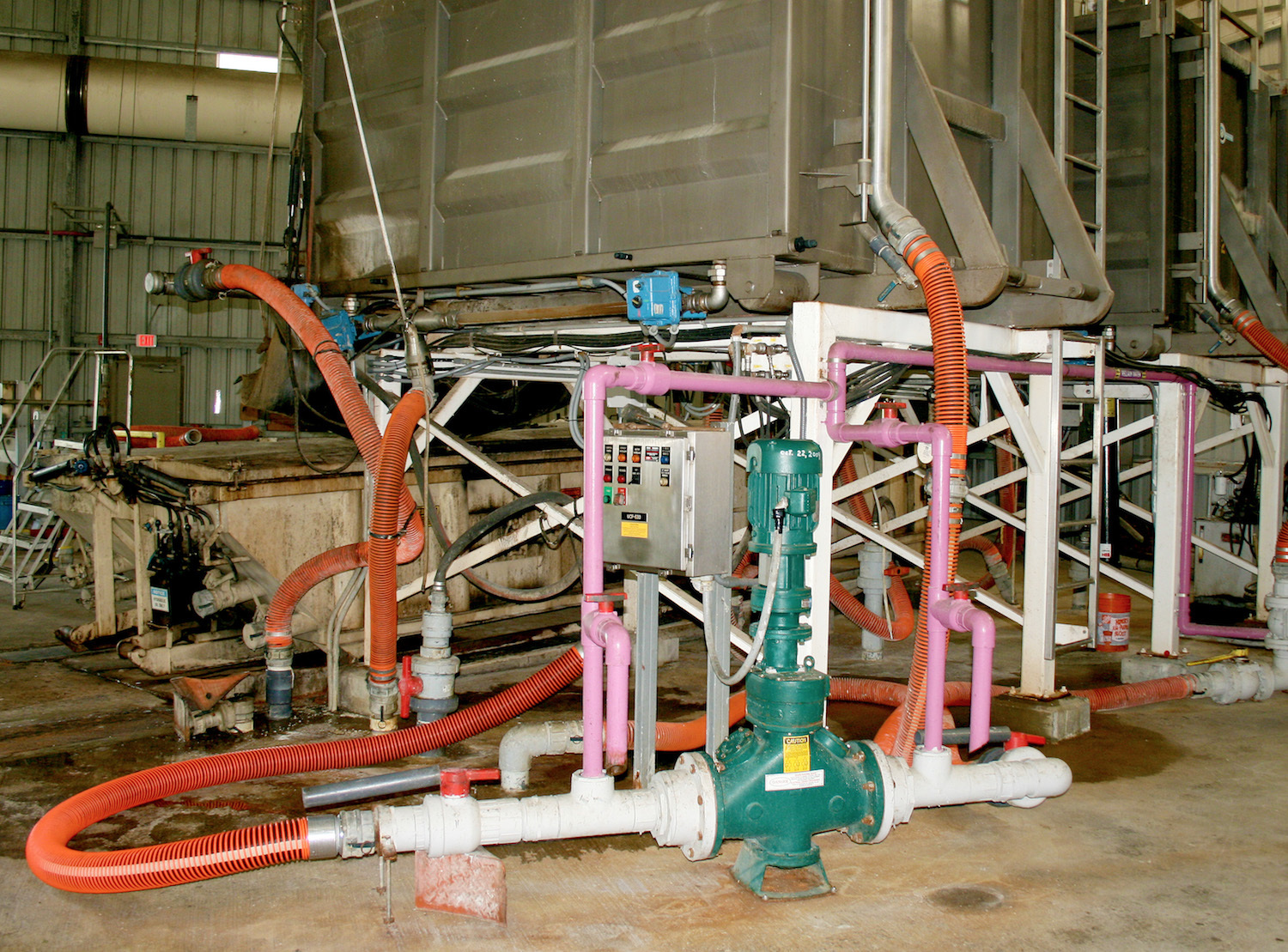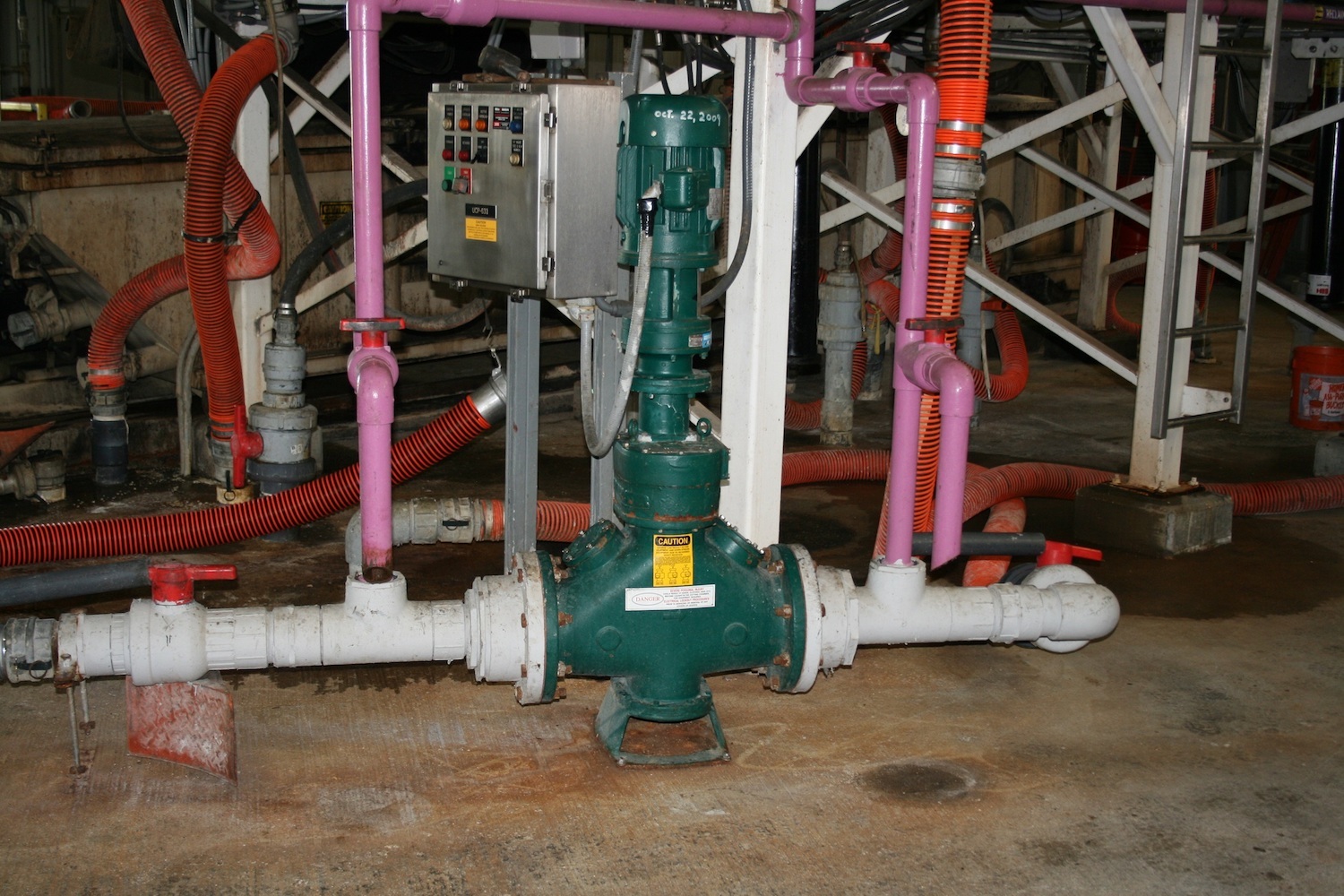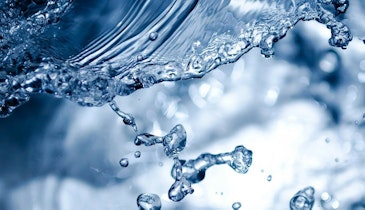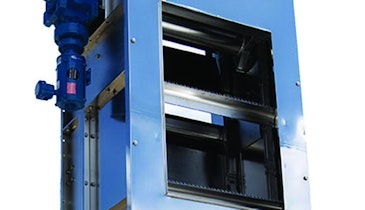Interested in Dewatering/Biosolids?
Get Dewatering/Biosolids articles, news and videos right in your inbox! Sign up now.
Dewatering/Biosolids + Get AlertsDisposal of fats, oils and grease has been an ongoing problem for municipalities and utility companies for years. If left unchecked, these thick, sticky substances congeal on the inside of sewer pipes and contribute to sewage overflows — which can have a detrimental impact on the environment, local property and neighborhood health.
Successful elimination of the problems caused by FOG buildup requires both increased public awareness and proper facilities and systems for handling the FOG. Many federal and state ordinances have been imposed to restrict and regulate FOG disposal, and with a renewed focus on green business practices and sustainability, more awareness has been given to the problem in the last few years. The attention is now being focused not only on preventing pipe clogs, but also to FOG reuse and recycling.
Many treatment facilities have discovered that having the right facilities for FOG includes incorporating a waste grinder within their grease reuse operation to control unexpected debris in this waste stream. Pinellas County, Florida, is one such example of how utilizing a waste grinder at a grease receiving station can pay back big dividends in both efficiency and energy savings.
Pinellas County Utilities had been struggling for years with an ongoing grease problem. Grease traps and pipes were continually clogging, resulting in unscheduled maintenance and downtime for the operation. To combat the problem, the county established its own grease ordinance to establish mandatory use and cleaning of grease traps at food preparation establishments. The thought was that by preventing undue grease disposal in the first place, stress would be reduced on the downstream waste treatment equipment. The county also recognized the need for environmentally sound methods for treating and disposing of collected grease at a separate location from the main utilities station.
Because the county didn’t have any precedent for dealing with grease in this way before, little data existed to draw any conclusions in the way of estimated off-loaded grease amounts or potential savings. The county already operated one wastewater facility that accepted loads from grease haulers, and the receiving records indicated that an average of 3,000 to 5,000 gallons per day were being off-loaded. However, that plant removed from service and the flows were to be diverted to a newer facility several miles away.
“Upon demolition of that plant, it became painfully obvious that the receiving and treatment method for the grease wasn’t ideal,” says Mike Engelmann, P.E., senior engineer for Pinellas County Engineering & Environmental Services. “We needed to find a better solution for the new facility.”
Also during this time, independent grease receiving contractors were touting their ability to turn grease into biodiesel — a topic that has gained interest and awareness the past few years. The county decided that a separate, centrally located grease collection facility could provide feedstock for biodiesel producers, and was located just 10 miles from the treatment plant.
After taking into consideration the number of local food preparation establishments, capacity of the grease traps and frequency of pump-outs, the new FOG plant was designed to handle and dewater up to 40,000 gpd of raw trap grease. An integral part of the new system would include a 30K inline Muffin Monster grinder from JWC Environmental.
The new grease receiving facility is designed so the raw trap grease passes through the grinder before it enters a suction pump, and then the grease storage tank. “It’s amazing what gets pumped out of a trap, but the Monster just chews right through silverware, bones and even bricks from the trap itself,” Engelmann says.
The grinder also helps protect the rest of the processing equipment, which is set up to dewater the raw trap grease by removing about 85% of the original volume in the form of water and returning it to the sanitary sewer. The thickened grease then gets loaded into a liquid-tight container for shipment offsite. Due to various political and financial considerations, this thickened product (also known as brown grease) didn’t make a feasible biodiesel feedstock, so a new plan was needed.
Fortunately, brown grease makes a good source for methane if anaerobic digesters are available. The county decided to try injecting the grease into its egg-shaped anaerobic digestion system. The injected grease proved to significantly improve the gas production, which is used to supplement the natural gas requirement in the county’s sludge pelletizing system.
The receiving station was then added at the new treatment plant, where the thickened grease is off-loaded into a day tank and metered into the digesters. Similarly to the FOG plant setup, an additional 30K inline Muffin Monster grinder was installed in the off-loading line to protect the circulation and rotary lobe metering pumps. Here the thickened grease is continuously circulated through the grinder as the metering system feeds it into the digester. The grinder ensures a good homogeneous mixture and positively protects the equipment from any foreign material.
Overall, utilizing these two grinders has proven effective in not only providing an environmentally friendly grease disposal location for the community, but also in reducing the county’s consumption of natural gas for its pelletizing process.








